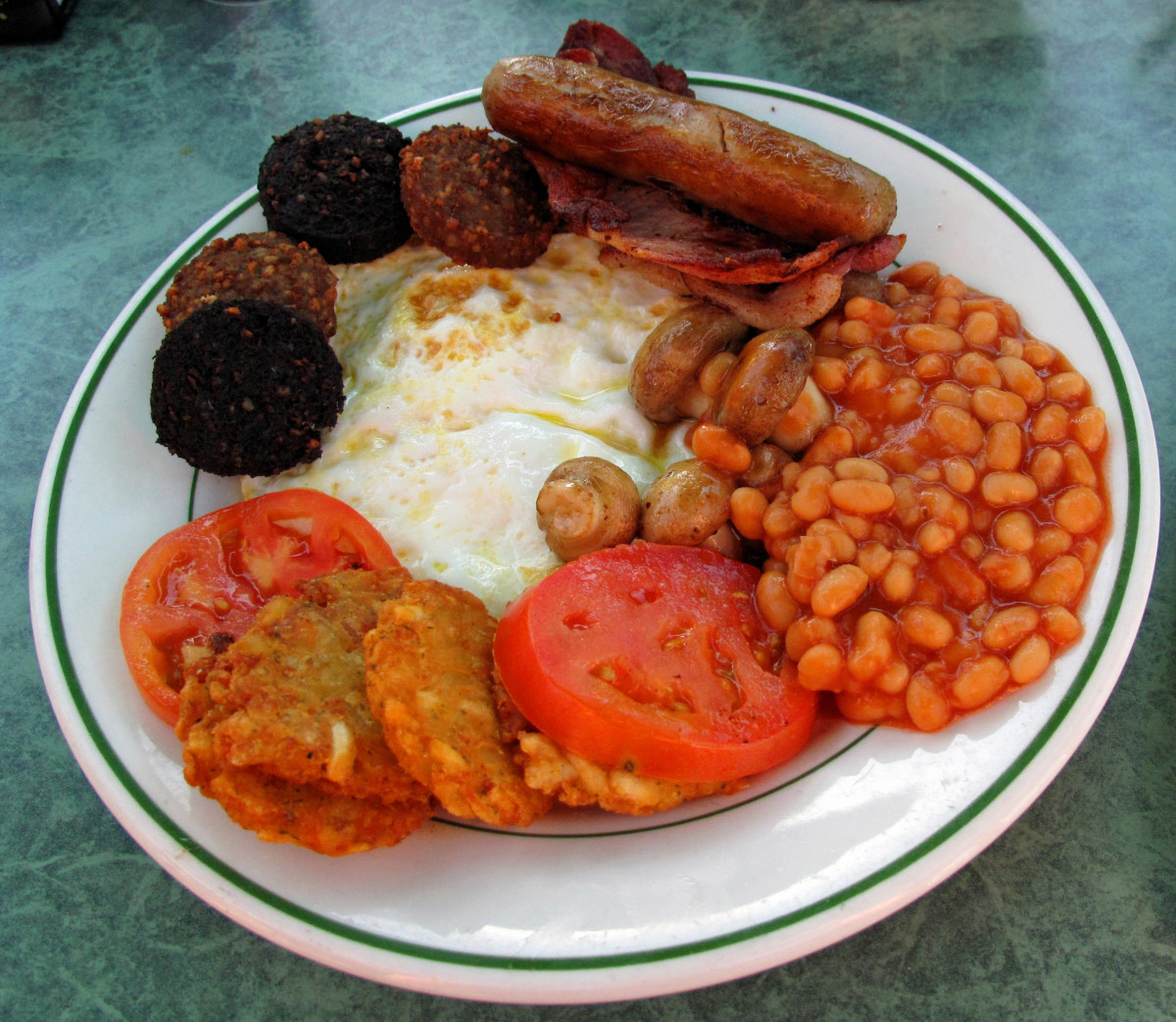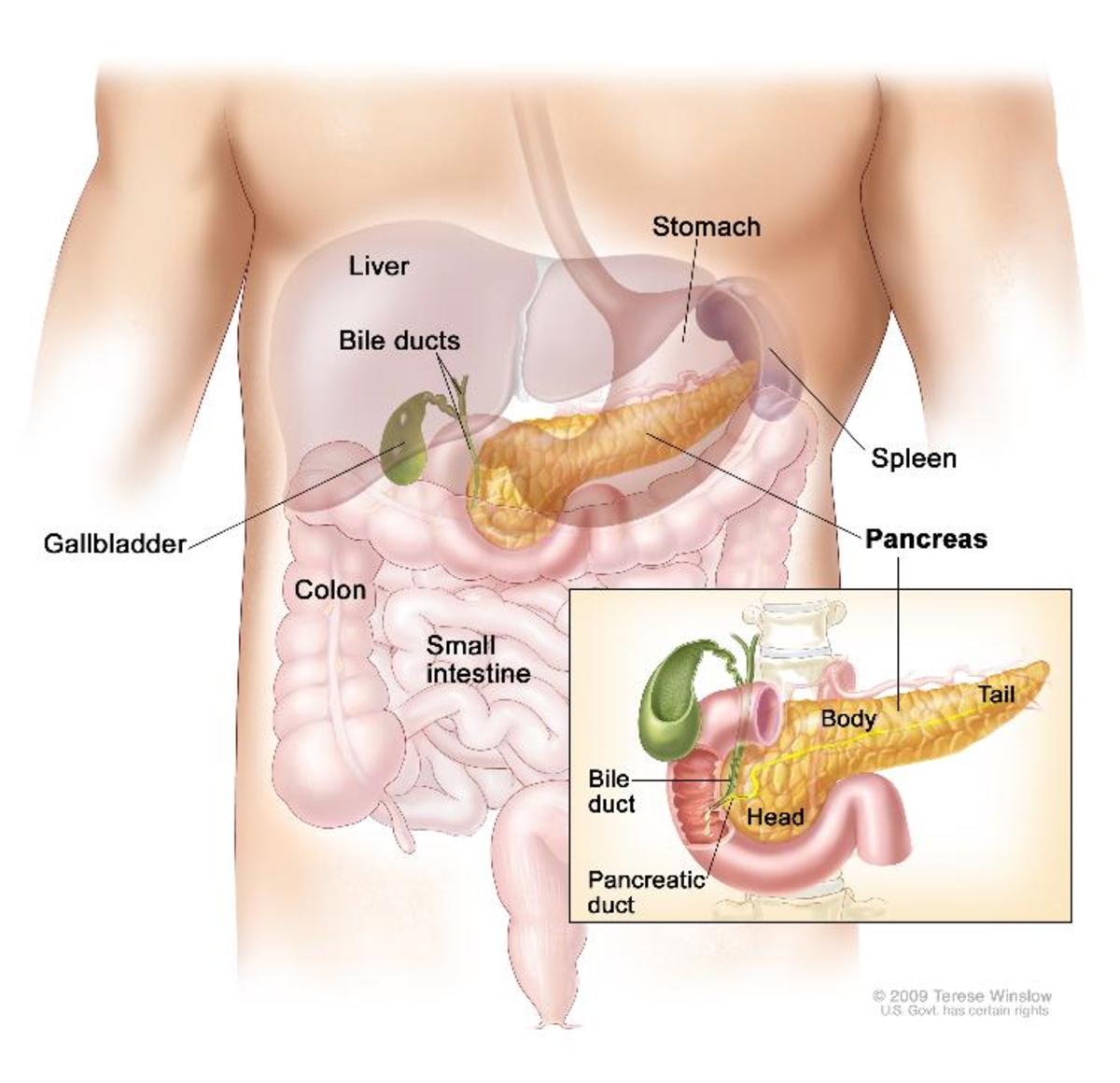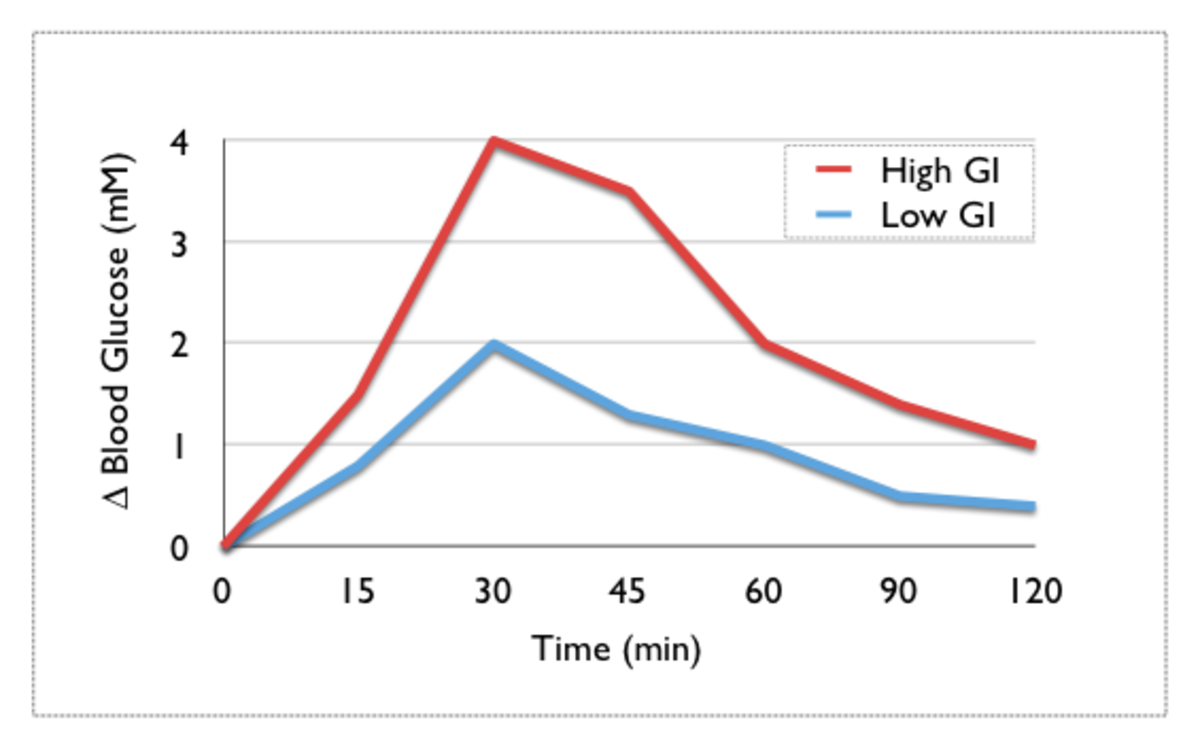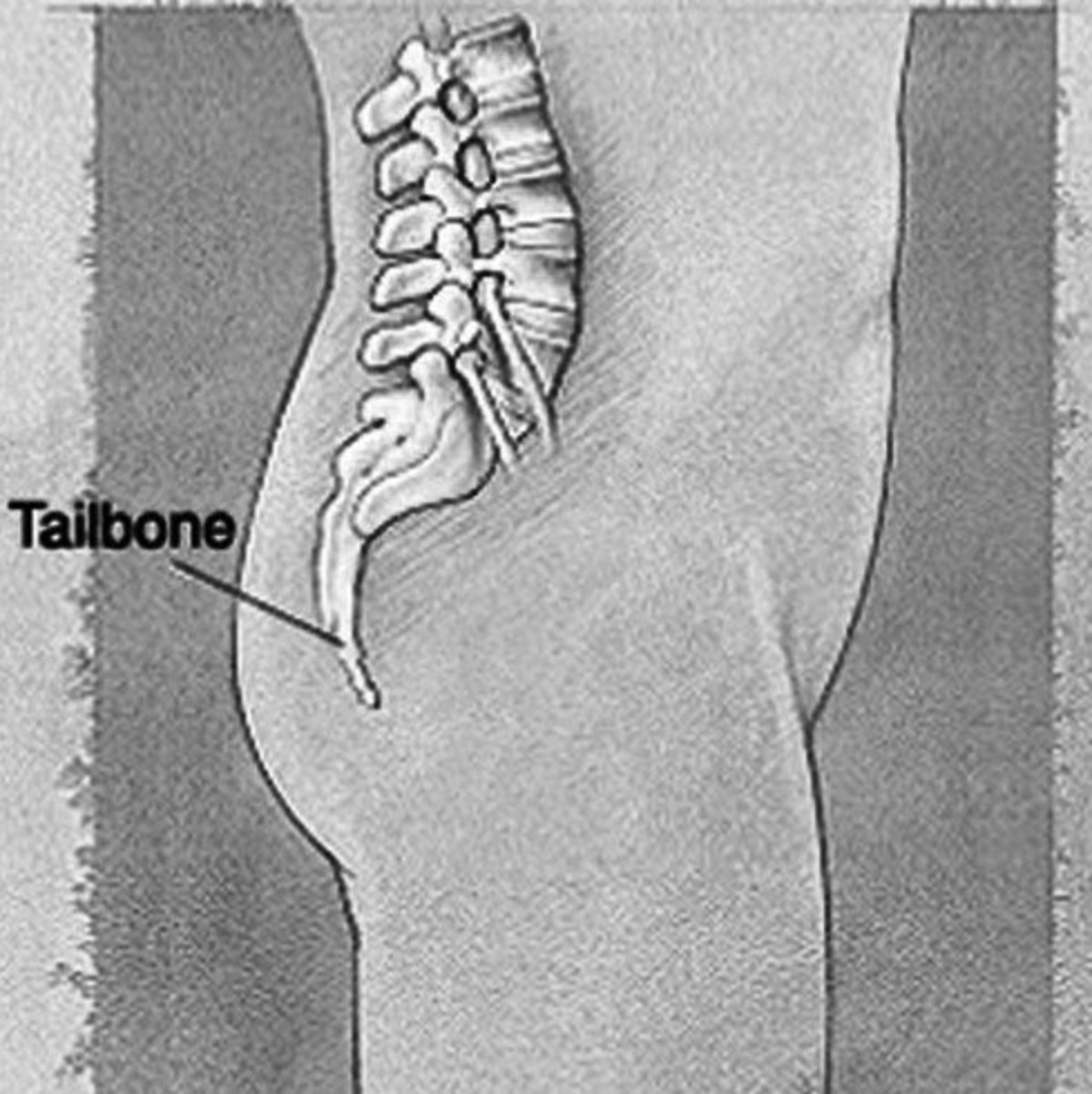What Happens in the Brain and Arteries During an Episode of Hypoglycemia?
Colored rice like pink, red, black, and brown has a low glycemic index

The abrupt fall in the amount of glucose in the brain and arteries brings on hypoglycemia
During a hypoglycemic episode the amount of glucose (blood sugar) in the arteries falls. The normal level of blood sugar is 80 to 110. (Other authors say it is 70 to 100). Glucose is commonly called dextrose.
Due to this fall in arterial blood sugar, the use of glucose in the brain decreases by 50 to 60% of normal level. However, blood flow and consumption of oxygen do not change. The balance between oxygen and glucose is disturbed to the disadvantage of glucose. Therefore, less energy is produced because glucose is the raw material that oxygen metabolizes to convert into energy.
Energy level of the hypoglycemic will not change unless the level of blood glucose is lower than 1 micromole per gram (Lajtha, A. Editor. Handbook of Neurochemistry and Molecular Neurobiology. 2007:198). Below this level, a hypoglycemic may feel dizzy or tired. More symptoms manifests themselves; there are over 40 such symptoms, including blurred vision and vertigo. That is why a hypoglycemic can be misdiagnosed as having mental disorder. Some doctors are not familiar with hypoglycemia.
I have a Hub “How to counter hypoglycemia (low blood sugar).”
When the level of glucose in the arteries is low, the brain takes up glucose and arterial ketone bodies. Ketone is for use to convert fats and fatty acids into energy. However, conversion takes time. That is why the hypoglycemic cannot recover that fast from an episode. Besides, the energy from fats may not be enough.
The brain does not take up ketone bodies when the glucose level is normal. The reason is that extra energy from fats is not needed.
During a short arterial hypoglycemia episode, glutamate decreases and aspartate and ammonia increase. Therefore, glutamate is being used instead of glucose.
Glutamate, being able to pass through the brain barrier, is food for the brain. Glutamate originates from glucose that is processed by the citric acid cycle. Glucose and glutamate can pass through the brain barrier. When level of glucose is low, the source of energy for the brain is lacking resulting in an episode of hypoglycemia.
Ammonia is a poison, a by-product of the metabolism of nitrogen, a constituent of protein. Ammonia in the body is disposed off in the urine. Ammonia in the brain is disposed off through glutamine. Both glutamate and glutamine are found in the brain. High amount of ammonia means that poisoning is building up, exacerbating an episode of hypoglycemia.
Enough glucose in the arteries and brain preempt hypoglycemia. To supply glucose to cells is easier said than done, assuming that there is enough insulin. Insulin is the hormone that drives glucose into cells including brain cells.
However, even if you have enough insulin you may still be hypoglycemic or diabetic, for that matter. One main reason is that you lack trivalent chromium. Chromium binds insulin to insulin receptors so that insulin can drive glucose into the cell. I have a Hub on why insulin needs chromium in the treatment of diabetes.
Journey of glucose
Glucose comes from starch and carbohydrates in the diet. Fructose is also a sugar that must be converted to glucose for use of cells. Some glucose stay in the bloodstream; others are stored in the liver in the form of glycogen. Insulin drives glucose into cells, including the brain cells. When glucose in the arteries and brain runs low glucagon, a hormone, converts glycogen into glucose to augment the supply. Glycogen is about 60 grams in a day that can supply the needs of the body in 6 to 9 hours in a normal health condition - no diabetes or hypoglycemia. When the lack of glucose is severe, fats and fatty acids are converted into glucose. (That's one principle in weight reduction program.)
So, insulin and glucagon work together to stabilize supply of glucose. This is metabolized into adenosine triphosphate (ATP) the energy currency. ATP drives the pumps in cells like the sodium/potassium pump and the calcium/magnesium pump. These pumps involve movement of ions (Ca-2 or Na-2 or Mg+3 or K+2) from the lower concentration to higher concentration. Without ATP, these pumps would not work. They are the first evidence of life. To live cells must pump (McElroy, W. Cell Physiology and Biochemistry. 1961).
A balance between glucose supply and demand makes for a healthy condition. There must be a stable sugar level. In a condition of hypoglycemia, blood sugar level must be raised and kept from going too low. This can be done by consumption of food with low glycemic index, among others. That is, it is digested slowly. Colored rice, red or pink, has a low glycemic index.
The test for hypoglycemia is 6-hour glucose tolerance test. It is different from that for diabetes. However, once you have established that you suffer from hypoglycemia, the test for diabetes. or monitoring of blood sugar helps. Our concern is that you must be able to distinguish between the two.
I diagnosed my hypoglycemia by the reaction of my body. I once had a severe episode when my vision went blank but still able to move and talk. I rushed to eat rice. I recovered vision, from fatigue and sweating. Since then I ate every three hours that I was able to reduce to every four hours, then five hours, then sometimes six hours. I did not wait for hunger pangs. The time interval matters.










